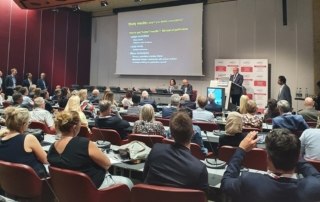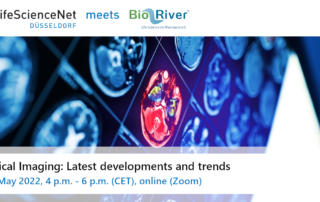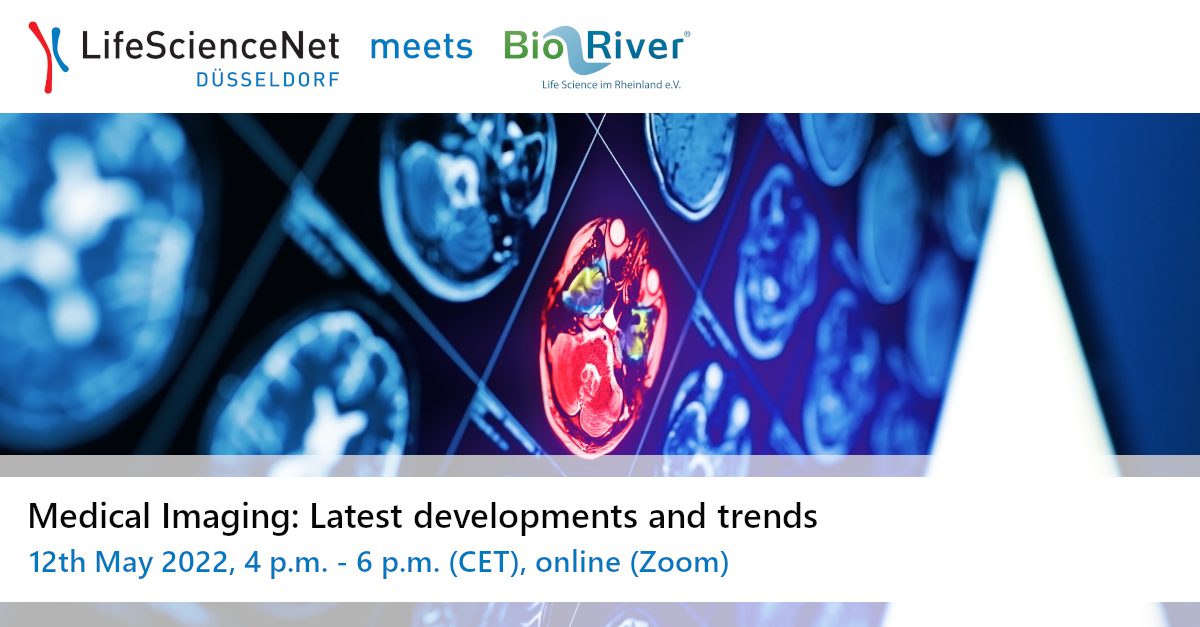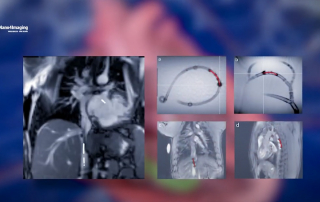Most recents posts
Geneva AEPC eye openers
For many of us the AEPC 2022 meeting in Geneva was the first physical conference in 2.5 years. Apart from a warm handshake with many customers and distributors, there were some eye openers. First of all, there was the understanding that most pediatric cardiologist see MRI as the best method to monitor the condition of single ventricle patients, such as Fontan. The approach as taken by Dallas Children’s to use invasive pressure measurement and flow in MRI was advocated by dr Greil and well received. For more information read Clinical studies.
The next take home message was given by prof. Gewillig (Leuven, BE) during his Hausman lecture. In the next two years the number of medical devices available to pediatric cardiology in Europe will reduce by more then 30 % due to renewal of CE mark which is due for all devices over the next years. The costs, waiting time and market size will have impact on companies decision to continue with their instruments in Europe.
Life Science Meeting – Medical Imaging: latest developments and trends
What progress has been made in the field of medical imaging in the recent past?
In this webinar organized by, LifeScienceNet Düsseldorf and BioRiver – Life Science im Rheinland e.V. N4I CTO and co-founder Paul Borm gave a talk entitled Why are you not using MRI for your endovascular procedures? which touches on the future of medical imaging . The webinar was given at the Life Science Meeting “Medical Imaging: Latest developments and trends” on May 12, 2022 from 4:00 – 6:00 PM (CET).
Apart from Prof. Paul J.A. Borm from Nano4Imaging also Prof. Dr. Bernhard Kainz from the Department of Artificial Intelligence in Biomedical Engineering at Friedrich Alexander University Erlangen-Nürnberg, spoke on role of AI in Imaging.
Did you miss the webinar,?. Click on the following link to watch the presentations offline.
Why are you not using MRI for your endovascular interventions?
Prof. Paul J.A. Borm, Co-Founder and CTO, Nano4Imaging GmbH, Düsseldorf, formerly HHU, Institute for Toxicology at the Medical Faculty
Successful applications of artifical intelligence in medical imaging
Prof. Dr. Bernhard Kainz, Institute for Image Data Exploration and Analysis in the Department Artificial Intelligence in Biomedical Engineering, Friedrich-Alexander-Universität Erlangen-Nürnberg
A home game this time. From our offices at the Dusseldorf Life Science Centres we are proud to co-organize a webinar on Advances on Medical Imaging using MRI and also include some time for the role of artificial intelligence in the proces of medical imaging. What progress has been made in the field of medical imaging in the recent past? LifeScienceNet Düsseldorf and BioRiver-Life Science im Rheinland e.V. will give an insight into the upcoming online life science meeting “Medical Imaging: Latest developments and trends” on 12 May 2022 from 16.00 – 18.00.
Participation in the webinar is open to all interested parties and is free of charge. The meeting will be held in English.
More: https://lnkd.in/dGFMjxm
#lifesciences #webinar #artificialintelligence #medical #imaging #innovation
Optimised passive marker device visibility and automatic marker detection for 3-T MRI-guided endovascular interventions: a pulsatile flow phantom study
Passive paramagnetic markers on magnetic resonance imaging (MRI)-compatible endovascular devices induce susceptibility artifacts, enabling MRI-visibility and real-time MRI-guidance. Optimised visibility is crucial for automatic detection and device tracking but depends on MRI technical parameters and marker characteristics. We assessed marker visibility and automatic detection robustness for varying MRI parameters and marker characteristics in a pulsatile flow phantom. Marker visibility was sufficient and a large range of artifact sizes was generated by adjusting TE and IONP concentration. Deep learning-based marker detection was feasible but performance decreased for altered MR parameters. These factors should be considered to optimise device visibility and ensure reliable automatic marker detectability in MRI-guided endovascular interventions.
MRI supported markers
This video was used in our 2021 EU Accelerator application to share N4I vision on use of machine learning in MRI marker recognition and enabling new clinical procedures. Statements from members in our medical advisory board are included. Courtesy Sparkbox-Haarlem (NL)
MRI as cathlab
This video describes Nano4Imaging’s vision to move cardiological diagnostic procedures from the cathlab to MRI.







